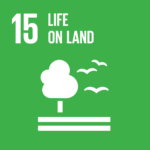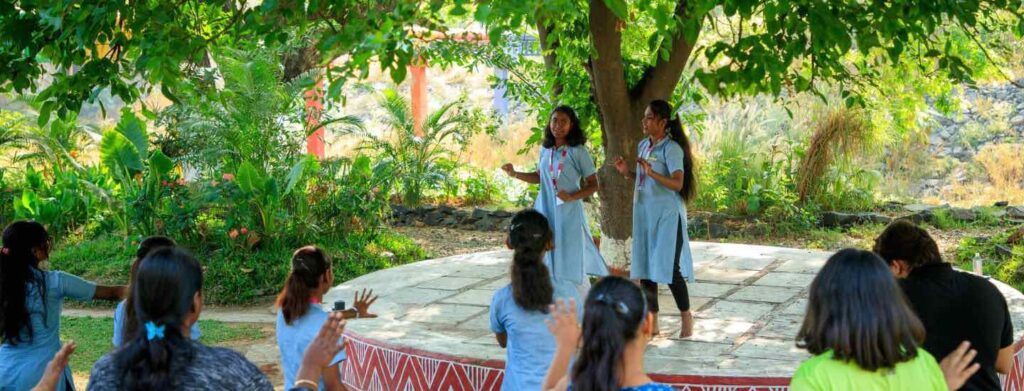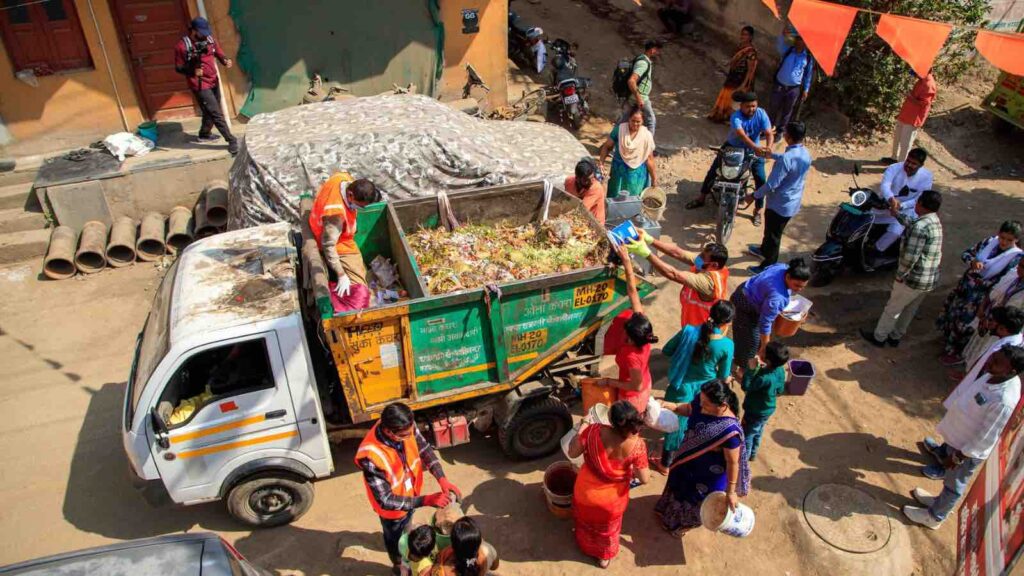The Kham River Restoration Initiative, led by EcoSattva in partnership with Varroc Industries and the Aurangabad Municipal Corporation, is more than a river cleanup—it is a complete ecological and social transformation.
AURANGABAD, India — Once a seasonal lifeline flowing through Aurangabad, the Kham River had been reduced to a perennial stream of waste, choked by sewage, solid waste, and neglect. But thanks to an innovative wastewater treatment solution and the passion of one green entrepreneur, the Kham River is experiencing a remarkable revival. Today, it serves not just as a river but as a symbol of hope for communities dependent on India’s endangered water bodies.
RELEVANT SUSTAINABLE GOALS




A Visionary’s Dream: Turning Waste into Water
In 2020, the Kham River faced an existential crisis. For years, untreated sewage, sand mining, and dumping had turned this 65-kilometer river into a flowing garbage dump. But for Natasha Zarine, co-founder of EcoSattva, it was an opportunity to bring life back to the river she had known since childhood. Zarine, armed with a certification in rainwater harvesting and decentralized wastewater treatment, envisioned a future where the Kham could once again thrive—if only the waste could be transformed into something valuable.
Zarine’s company, EcoSattva, specializes in ecological wastewater treatment, reusing water and supporting green cover enhancement projects. At the heart of their efforts is the Ecologic Sewage Treatment Plant (EcoSTP), which harnesses nature to clean polluted water without the need for power or expensive maintenance. Using enzymes, plants, microorganisms, and sunlight, the EcoSTP mimics natural processes to treat wastewater in a way that is sustainable, affordable, and effective.
From Polluted to Pristine: The Kham River Restoration Initiative
The Kham River Restoration Initiative, led by EcoSattva in partnership with Varroc Industries and the Aurangabad Municipal Corporation, is more than a river cleanup—it is a complete ecological and social transformation. In the first phase of the project, 11.9 kilometers upstream and 7.6 kilometers within the city were restored. A drone survey identified 249 points where untreated sewage was entering the river, and 16 freshwater springs that could be protected were located. The project also tackled the challenges of sand mining and illegal dumping along the riverbanks.
But what sets the Kham River project apart is its holistic approach. The restoration efforts combine technological innovation, such as the decentralized wastewater treatment systems, with community-driven initiatives to create a sustainable solution. The EcoSattva team worked closely with local stakeholders, experts, and the public to ensure that the revival of the Kham wasn’t just a one-time fix but a lasting change for the ecosystem and the people who depend on it.
Central to the project’s success is the restoration of the river’s riparian zone—the vital strip of land bordering the water. EcoSattva undertook physical restoration by stabilizing the riverbanks, dredging silt, and planting native species along the edges of the river to prevent erosion and create a habitat for local wildlife. These efforts also help mitigate flooding during the monsoon season, protecting the communities downstream that have long suffered from waterborne disasters.
One of the crowning achievements of the project is the creation of a 5-kilometer EcoPark. Once a stretch of polluted, unusable land, the EcoPark now boasts rejuvenated freshwater ponds and wetlands, walking paths, and even an amphitheater for educational and community gatherings. What was once a symbol of neglect is now a thriving public space where nature and the community coexist.
Building a River’s Resilience : Waste, Education, and Employment
Beyond restoring the river, EcoSattva recognized that sustainable change required empowering the local community. Through their Unnati program, the organization has trained sanitation workers across 42 municipal wards in Aurangabad and employed women from the informal waste-picking sector—known as Safai Saathis—to manage solid waste more effectively. These women are now integral to maintaining cleaner surroundings, ensuring that the river and surrounding areas stay free of garbage.

Additionally, public education is woven into every aspect of the project. Grassroots campaigns, art installations, and school programs are working to change attitudes toward the Kham River and seasonal rivers in general. The aim is not just to restore the physical river but to revive the cultural and ecological connection the community once had with it.
The success of the Kham River Restoration Initiative has already inspired efforts to clean up other water bodies across the region. It has also earned international recognition, with EcoSattva being named a finalist for the prestigious World Resources Institute (WRI) Ross Center Prize for Cities 2024.
While the work in Chhatrapati Sambhajinagar (formerly Aurangabad) is far from over, the transformation of the Kham River stands as a powerful example of what can be achieved through a combination of technological innovation, ecological restoration, and community engagement. The efforts on the Kham are not just about cleaning a river—they are about changing how a society thinks about water, waste, and resilience in the face of environmental challenges.
You may also be interested in :
Human Activities Threatens Half of Earth’s Precious Mangrove Forests




